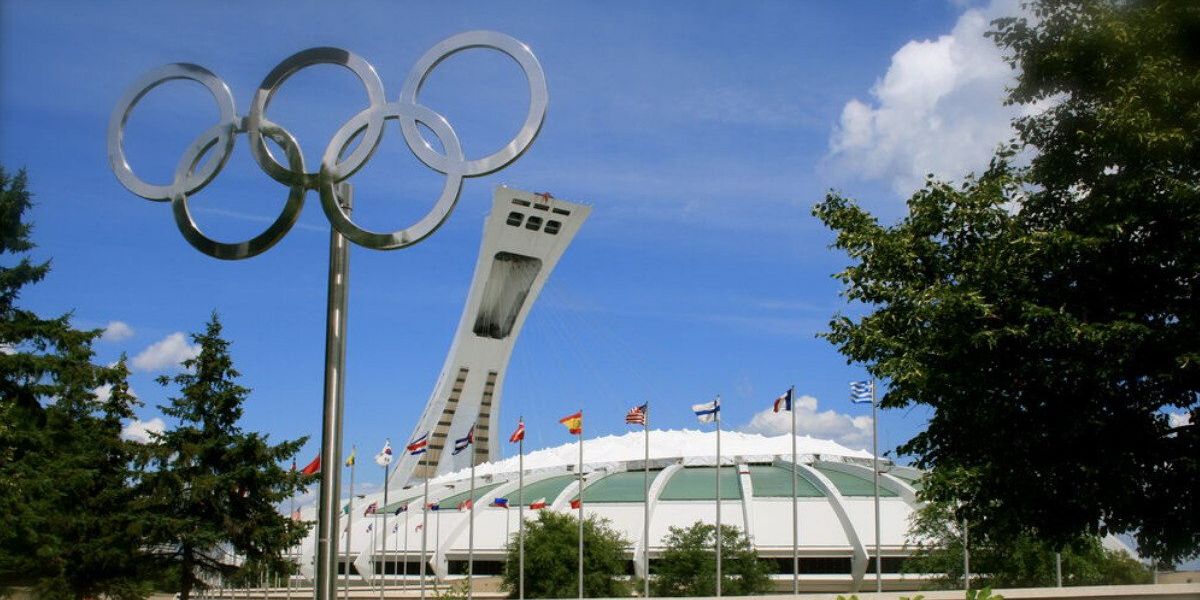First Person is a daily personal piece submitted by readers. Have a story to tell? See our guidelines at tgam.ca/essayguide.
Illustration by Rania Abdallah
I can’t remember how it was spoken, but I know that, to me, it sounded like a fairy tale.
The people celebrated with drums and sticks but the kings and queens were cruel. They banned the instruments. They didn’t want the people to laugh or feel joy. They wanted them to work day and night.
But the people didn’t give up. They discovered empty oil drums rusting in ocean-salted air. They heated the drums with fire and beat the metal with hammers. Ping-pong, ping-pong. The noises were the promise of music.
The people forged an ensemble and carried these new instruments into the streets to play. The kings and queens couldn’t stop the musicians, no matter how hard they tried.
I learned to play the Trinidadian steel pan at age 12. I was too small for the double tenors, triple cellos and bass pans where the player, girdled by six full-sized oil drums, spins to strike the mallets. I was placed on the soprano pan, the one traditionally called the ping pong, which hooks onto a rack of its own. It’s known for its 24 sweet notes pounded as ovals into concave steel to carry the melody.
At 77, I rediscovered a love of music. It changed my life
My parents had put me in piano lessons from age six. I dreaded recitals of Bach and Mozart, perched on the bench with trembling hands. But the pan wasn’t like solo piano. I stood at my instrument in a row with other players. We made music together.
Most of the kids in my northwest Toronto middle school were like me: immigrant children and children of immigrants. The room where we played steel pans had a stepped platform: soprano pans up front, cello and tenor pans in the middle, bass pans and a drum kit at the back.
Our instructor was Pat McNeilly, known as the Legendary Panman Pat. He wore colourful shirts and a neat fedora, angled just so. He regaled us with the tale of how the pan had been invented in Trinidad in the 1930s, crafted from oil drums abandoned by the U.S. military. He revealed its deep West African roots.
Steel band class became my favourite. I caught on quickly, striking my mallets too enthusiastically, getting too loud. Ping! Pong!
Calm down, Mr. McNeely would gesture at me with a grin, patting the air with his palm as the band played calypso and soca arrangements. Blend with everyone else. My scalp tingled with embarrassment, but I didn’t stop playing. I loved sounding those ping-pongs too much to stop.
The pan did more than bring me joy. It shaped my choices in schooling and work. It enlivened my relationship to my loved ones and communities.
Unfortunately, music education, especially instruction for non-Western instruments, is treated like an optional hobby. Constant threat of budget cuts means that steel pan and other special music programs are often at risk of cancellation. This especially affects lower-income neighbourhoods where racialized and immigrant students live, and where pan programs have thrived. Families don’t necessarily have the money to pay for private music lessons.
More than a loss of music, it’s a silencing of already hushed stories of our past, and a missed opportunity for future alignment.
first person My guitar centres me and serves as an island of solace in dark times
Into my twenties, I came to understand the steel pan as a West African-rooted symbol of colonial resistance. I learned more about my ancestry as an Indo-Caribbean descendent of indentured labourers. Theirs is an under-remembered racialized migrant movement. In the century after the abolition of the transatlantic enslavement trade, more than 40 million people, the majority from India and China, worked in fields, mills, mines and infrastructure projects across European colonies through bonded labour contracts. Across many colonies, they were seen as replacements for the stolen labour of enslaved Africans. Across many colonies, including Canada and the United States, they were exploited, under-protected and treated as forever foreigners.
The steel pan is an innovation, born out of an enduring desire to make art, even in the face of duress. It is worth learning about and learning how to play. It says so much about who we all are as human beings.
Ping-pong, ping-pong. On the streets of Toronto, I often hear the melodies of skilled pan players. Their notes, delicate and distinct, trigger a flutter in my stomach. I’m not sure how they cut through the urban racket, but they do.
Music like this is not an extra. It should be accessible to every student, for it may just hold the power to change our collective life for the better.
Now in my fourth decade of life, I see my ancestry in the context of all our faded histories. Our pasts are more interwoven than we’ve imagined. It means our present is just as intertwined, whether we like it or not. If we can’t embrace our stunning connectedness, if we can’t make decisions in these fraught times as if every one of our lives depend on it, our capacity to survive will suffer.
Perhaps the pan’s magic is how it attracts the listener, like a magnet to metal. Perhaps, if we allow it, we may find ourselves pairing to the pan’s chime like tuning forks.
I have lived, written and worked into the ringing notes of the pan. I will sound them wherever I can.
Andrea Gunraj lives in Toronto.













